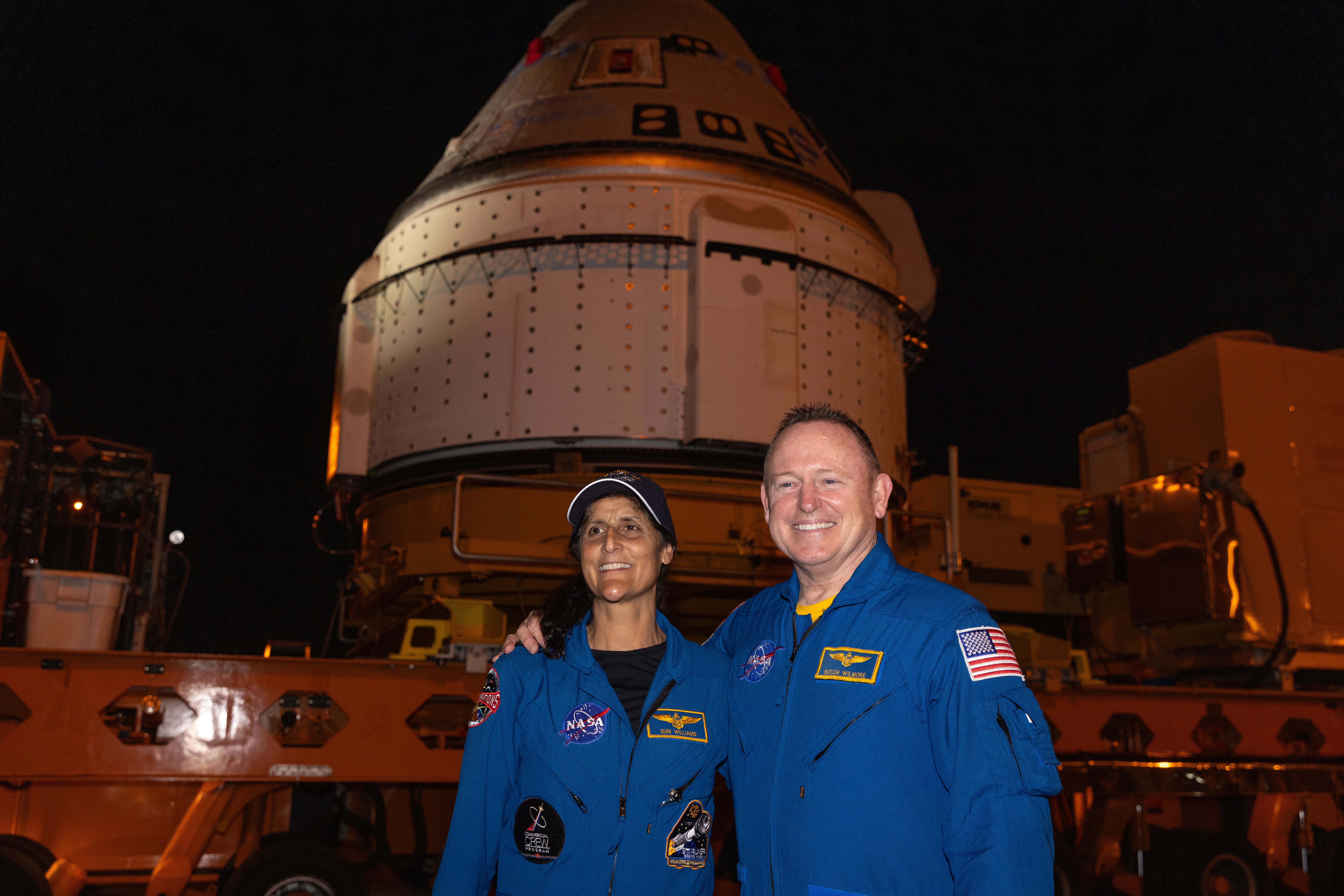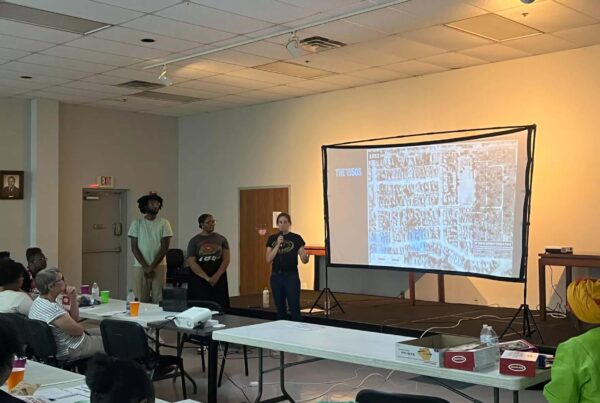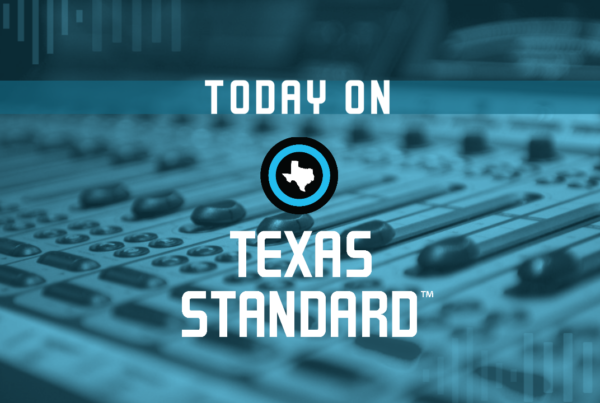How NASA will bring two stranded astronauts back from the International Space Station has been an open question for weeks, despite the space agency’s assurances that it will be able to bring them home.
The Boeing Starliner spacecraft that flew the two retired Navy test pilots to the station is not considered safe enough for the return flight. NASA is working on what tech news site Ars Technica says is the “most consequential safety decision in human spaceflight” since the space shuttle Columbia broke up over East Texas in 2003.
Stephen Clark, who reports on space for Ars Technica, says its’s likely the astronauts will return via a SpaceX capsule, perhaps as much as eight months from the day they departed Earth. Listen to the interview above or read the transcript below.
This transcript has been edited lightly for clarity:
Texas Standard: What happened with the Starliner mission in June? Why haven’t the two astronauts been able to return to Earth?
Stephen Clark: Well, these two astronauts, Butch Wilmore and Sunita Williams, have been on the space station now for about ten weeks. On the way up to the space station, they encountered some problems with their propulsion system. Some of the thrusters that control the pointing of the spacecraft began to overheat. And five of them, at least, temporarily failed during their approach to the space station.
They’ve also encountered some leaks in the helium system that’s used to pressurize the propulsion system onboard the spacecraft. So the last few weeks – really, the last couple of months now – NASA and Boeing have been analyzing data, running some tests on the thrusters to see if they can identify the cause of the overheating.
The concern is when they depart the space station, you have to use these same thrusters again. And the concern is that the problem could reappear or get worse.
Well, NASA said all along it would be able to bring these astronauts home. What’s happening now and what are some of those safety decisions?
Right now, NASA is continuing to analyze some of the results and data that they’ve gathered over the last few weeks. They’re probably at least a week away now from making a final decision on what to do with the Starliner spacecraft.
But all indications, from what I’m hearing, is the more likely outcome will be that these two astronauts will come back on a SpaceX spacecraft. They have a SpaceX spacecraft docked at the space station right now. There’s another one due for launch in September. So they will have a ride home to Earth.
They’re not exactly stranded, but I think the more likely decision that we’ll see from NASA will be that they will return the Starliner spacecraft to Earth without anyone on board, just in the interest of safety.
Your story focuses on three officials playing key roles in these decisions, and all of them were involved in the ill-fated Columbia shuttle mission in 2003. How are they connected to that flight?
So a lot of people at NASA have institutional memory of the Columbia accident, and even some with the Challenger accident. But these three managers have senior roles on this Starliner mission, and they also had senior roles or were heavily involved in the Columbia mission.
One of them, Ken Bowersox, is the head of all human spaceflight at NASA. He was actually an astronaut at the time of the Columbia accident in 2003. He was on board the International Space Station, and he was waiting for a ride on the next space shuttle that was going to be launching after Columbia. And when the shuttle was grounded, that did not happen. And so he had to return home on an alternative spacecraft, kind of similar to the situation that the Starliner crew is facing now.
Another one, LeRoy Cain, is now the mission manager for this flight with Boeing. In 2003 he says he was the flight director in mission control in Houston, in charge of the control team, monitoring and tracking Columbia as it reentered the atmosphere when it ultimately broke apart, resulting in the loss of the seven astronauts.
The other is Steve Stich, and he is the manager of the Commercial Crew program, overseeing both the SpaceX and Boeing space capsule programs with NASA. And at the time, in 2003, he was also a flight director at NASA, and he was the manager at NASA who informed the crew on Columbia via email that they had a problem with foam that fell off the tank during launch.
At the time, the conclusion from NASA was that the foam did not damage the heat shield. He gave the crew a heads up of that, said it was no issue. But the investigation after the accident, of course, confirmed that was what caused the loss of Columbia.
What is the timeline for getting these astronauts home?
Well, they have to make a decision. I just got off a press call with NASA a few minutes ago, actually. The drop dead date for returning, for making the decision, is basically the end of August. They have to make a decision by then which avenue they’re going to take.
As I said earlier, I think the more likely decision is they bring the astronauts home on Dragon, on the SpaceX vehicle. So if that is the case, they will stay on board the space station until the February timeframe of next year. So they’ll be on board the ISS for eight months for what was originally going to be an eight-day stay.
Both of these are former U.S. Navy pilots who have been on long-duration deployments before, so nothing new to them. They’ve both been onboard the space station for six months before. So this is not something entirely new to them. But it’s not what they planed for 2024.
















